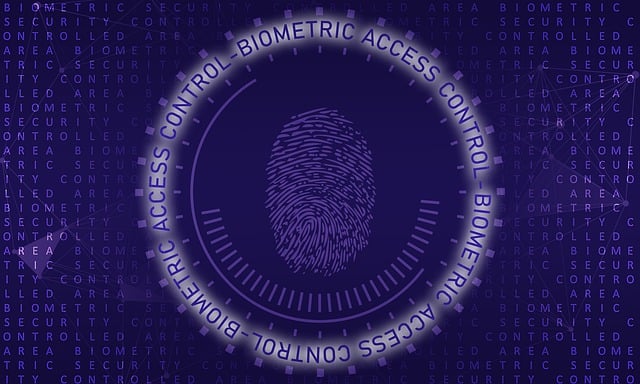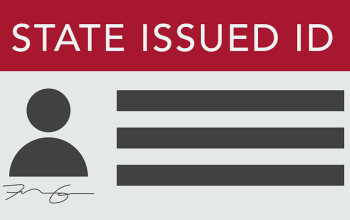The Vehicle Identification Number (VIN) is a 17-character code that uniquely identifies a car, providing detailed insights into its history, specifications, and safety features. Decoding this allows buyers to check for accident or flood damage, maintenance records, and safety recalls, empowering informed purchasing decisions. VINs are crucial for regulatory compliance in importing cars in countries like Australia and the U.S., ensuring only safe vehicles enter the market.
Ever felt like deciphering a complex code when trying to decode a Vehicle Identification Number (VIN)? Each of the 17 characters holds a unique story, from the car’s manufacturer to its safety features. This guide is your key to unlocking these secrets. We’ll walk you through the process of VIN decoding, revealing insights into accident history and safety recalls. Special focus will be given to imported cars in Australia and the U.S., where local regulations play a crucial role. Join us on this journey from manufacturer to buyer as we demystify VINs and ensure your peace of mind.
- Understanding the VIN: Unlocking Hidden Stories
- Decoding VIN: A Step-by-Step Guide for Beginners
- VIN and Safety Recalls: Staying Informed and Safe
- Imported Cars in Australia/US: Navigating VIN Regulations
- From Manufacturer to Buyer: The VIN Journey
Understanding the VIN: Unlocking Hidden Stories

The Vehicle Identification Number (VIN) is like a unique fingerprint for your car, offering a wealth of information encoded within its 17 characters. Each letter and number holds a specific meaning, providing insights into the vehicle’s history, specifications, and even safety features. Decoding this mysterious code is akin to piecing together a puzzle; every digit reveals a story waiting to be uncovered.
By understanding VINs, car buyers can gain valuable knowledge about their prospective purchase. From identifying potential issues like accident damage or flood history to verifying compliance with local regulations, knowing how to read and interpret these numbers is empowering. It allows individuals to make informed decisions, ensuring they acquire a vehicle that meets their safety and quality standards, regardless of its origin.
Decoding VIN: A Step-by-Step Guide for Beginners

Decoding a Vehicle Identification Number (VIN) might seem like an intricate puzzle, but it’s a valuable skill for anyone interested in the history and integrity of a vehicle. For beginners, here’s a simple breakdown:
1. Understand the VIN Format: A typical VIN is 17 characters long, consisting of letters and numbers. It’s divided into sections that provide specific information. The first three characters represent the manufacturer, the next two denote the model year, and subsequent characters reveal details like the vehicle type, production plant, and unique identifiers.
2. Use Online VIN Decoders: Start by visiting reputable online VIN decoder tools. Input your car’s 17-character VIN and watch as the tool provides a detailed report. These decoders access databases to offer insights into the vehicle’s past, including its make, model, trim level, engine specifications, and even accident reports. Some popular free options are available that provide basic information, while paid services offer more in-depth details, including maintenance records and safety recall data.
VIN and Safety Recalls: Staying Informed and Safe

Vehicle Identification Numbers (VIN) serve as a comprehensive code, holding valuable information about a car’s history. One crucial aspect is their role in safety recalls. When a manufacturer identifies issues with specific vehicles, they issue recalls to address them. The VIN acts as a unique identifier, allowing for precise targeting of affected cars. This means that checking a vehicle’s VIN can provide insights into whether it has been subject to any safety recall campaigns.
By accessing online databases or using dedicated tools, owners and buyers can easily decode these numbers and stay informed about potential risks. Staying proactive in this manner ensures not only the safety of drivers but also helps in making informed purchasing decisions.
Imported Cars in Australia/US: Navigating VIN Regulations

In Australia and the U.S., imported cars face stringent regulations to ensure road safety and compliance with local standards. The Vehicle Identification Number (VIN) plays a pivotal role in this process, acting as a unique fingerprint that allows authorities to track every vehicle’s journey from manufacturer to showroom floor. Decoding the VIN provides critical insights into an imported car’s history, including any safety recalls or issues related to previous accidents or repairs. This information is invaluable for both buyers and regulatory bodies, ensuring that only safe and compliant vehicles enter the market.
For buyers, understanding VIN regulations empowers them to make informed decisions. By checking the VIN, they can confirm if a car has been subject to any safety campaigns or if there are outstanding issues that need attention. This transparency is a game-changer for consumers, fostering trust in the automotive industry and ensuring they drive vehicles with proven safety records.
From Manufacturer to Buyer: The VIN Journey

The journey of a Vehicle Identification Number (VIN) is an intriguing tale that spans from the manufacturer to the eventual buyer. It begins when a car rolls off the production line, where each component, from the engine to the seats, is meticulously recorded. The VIN, a unique 17-character code, is etched into the metal and serves as the car’s permanent identity. This code encapsulates crucial information about the vehicle’s history, including its make, model, year, and even specific features.
As the car makes its way through distribution and eventually arrives at a dealership or private seller, the VIN remains a constant companion. It is the key to unlocking a wealth of data that can inform both manufacturers and buyers. In the case of imported vehicles in Australia or the U.S., decoding the VIN becomes essential for ensuring compliance with local safety standards and regulations. This simple yet powerful tool allows buyers to gain insight into the vehicle’s past, including any accidents, repairs, or even recalls, thus empowering them to make informed decisions.
Deciphering a Vehicle Identification Number (VIN) is no longer a daunting task reserved for automotive experts. With this guide, you’ve learned that each character holds specific information, from manufacturing details to safety features and compliance status. By following the simple steps outlined, you can now access valuable insights into any vehicle’s history, ensuring informed decisions when purchasing imported cars in Australia or the U.S. Stay safe and stay informed by keeping your eyes on the VIN—it truly is a window into a car’s past.



